THE INTERVIEW CORNER: A BROAD SPECTRUM OF ARTISTIC APPROACHES TO A GLOBAL ISSUE - AN INTERVIEW WITH MAYLIS ARRABIT
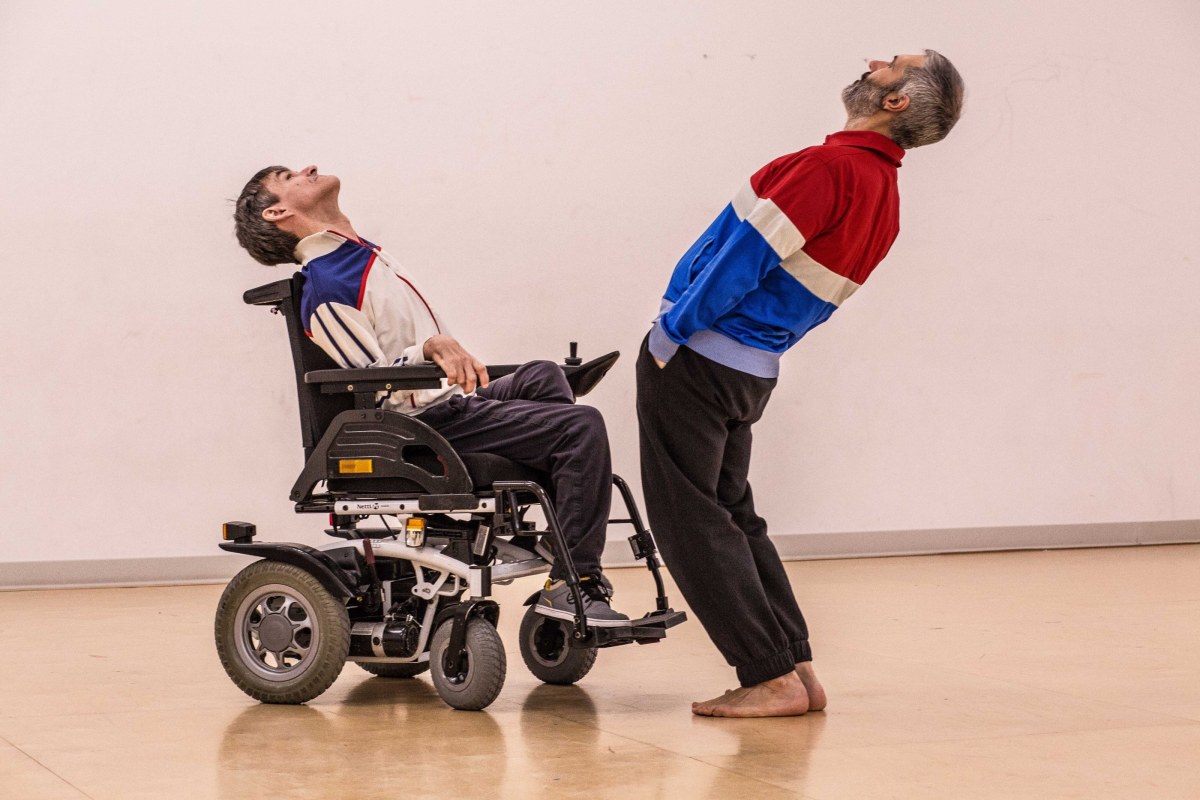
How does the expression “diverse body/ies” resonate with you?
“Diverse bodies” holds a personal, artistic, and political significance, as it calls upon us to truly embrace and honor the spectrum of experiences and artistry of people with diverse body shapes, sizes, and appearances that exist in our society and in the performing arts. This concept challenges the body standards and the performative ideals that have often excluded and marginalised individuals. The concept of “diverse body/ ies” is interconnected with marginalised communities, as they encompass individuals whose bodies deviate from society's normative expectations, resulting in systemic marginalization and limited opportunities. To promote body diversity and empower these communities within the performing arts, we must amplify diverse representation and narratives. It requires challenging stereotypes by prominently featuring individuals of different abilities, genders, sizes, ethnic backgrounds, and understanding the unique challenges faced by those whose identities intersect, facing discrimination on multiple fronts. Creating inclusive and accessible spaces, providing comprehensive and accessible services and resources are all essential components of this transformative journey. As a cisgender white woman and a disabled dance artist, I recognise the importance of broadening the scope beyond physical diversity alone. We must acknowledge and value the diversity that exists within people with invisible disabilities, such as chronic illnesses, learning disabilities, and neurodiversity. Their voices and experiences deserve to be recognised, valued, and celebrated alongside the notion of “diverse bodies”.
You created the inclusive dance- theatre piece called Habrá Que Ponerse Cachas (translation: We’ll have to get tough) in 2018, that has since been selected within the frame of the Perform Europe funding scheme to tour as the project Step by Step-Wheel by wheel. Can you tell us more about this project, and what was the starting point for it? How did the project evolve since its first presentation?
Habrá Que Ponerse Cachas (HQPC) is an inclusive dance theater duet that I have directed and created in collaboration with disabled and non-disabled dancers Xabier Madina and Ebi Soria. It explores identity within the family and evolving sibling relationships. The piece was based on two kids, Ari and Uzi, from Wes Anderson's movie “The Royal Tenenbaums”. They live in a wild family with power dynamics and neurosis. I love telling stories about human relationships and was interested in these characters being adults and if their sibling relationship evolved. What do we forget from childhood as adults? Our playful and interdependent inner child is not always far away. Originally designed for theatre performances, HQPC premiered in Bremen, Germany, in April 2018. It was later showcased in the public space during the Lekuz Leku Festival in Bilbao, receiving positive feedback on its quality and impact. With guidance from choreographer Janice Parker, funded by Etxepare Basque institute, a new version was adapted for the Edinburgh Fringe Festival in August 2019. The success of this version led to its promotion in future festivals and events. Habrá Que Ponerse Cachas was selected for the Perform Europe funding scheme as part of the Step by Step - Wheel by Wheel project. Through this program, we performed 10 times in Denmark (Helsingør festival/PASSAGE festival), in Sweden (VTST, Halmstad) and in France (Festival No(s) Limit(s) – Montpellier), reaching new audiences and gaining valuable touring experience. We are grateful for the partnership's quality and the efforts made to ensure accessibility and sustainability of our work. Alongside touring, we also engage with the public through Q&A sessions and inclusive dance workshops, introducing our meaningful and innovative inclusive practice. In our co-led workshop, we place a great importance on disabled artists within our collective sharing their movement interests and vocabulary. We explore a creative task from the piece and introduce inclusive “imagery language”, avoiding exclusionary dance terminology. Participants love diving deeper into our work and appreciate disabled artists leading, offering a fresh perspective on dance classes.
As a dancer, how did your personal experience impact the creative process of this project?
Starting dance later in life, I mainly learned in mainstream classes, lacking access to inclusive exercises and creative tasks. I often had to find ways to translate my teachers' instructions. The challenge sometimes blurred with frustration. As an artistic director, I value dancers' potential, recognise their creative strengths, and seek alternative approaches to movement representation, embracing their unique abilities and limitations.
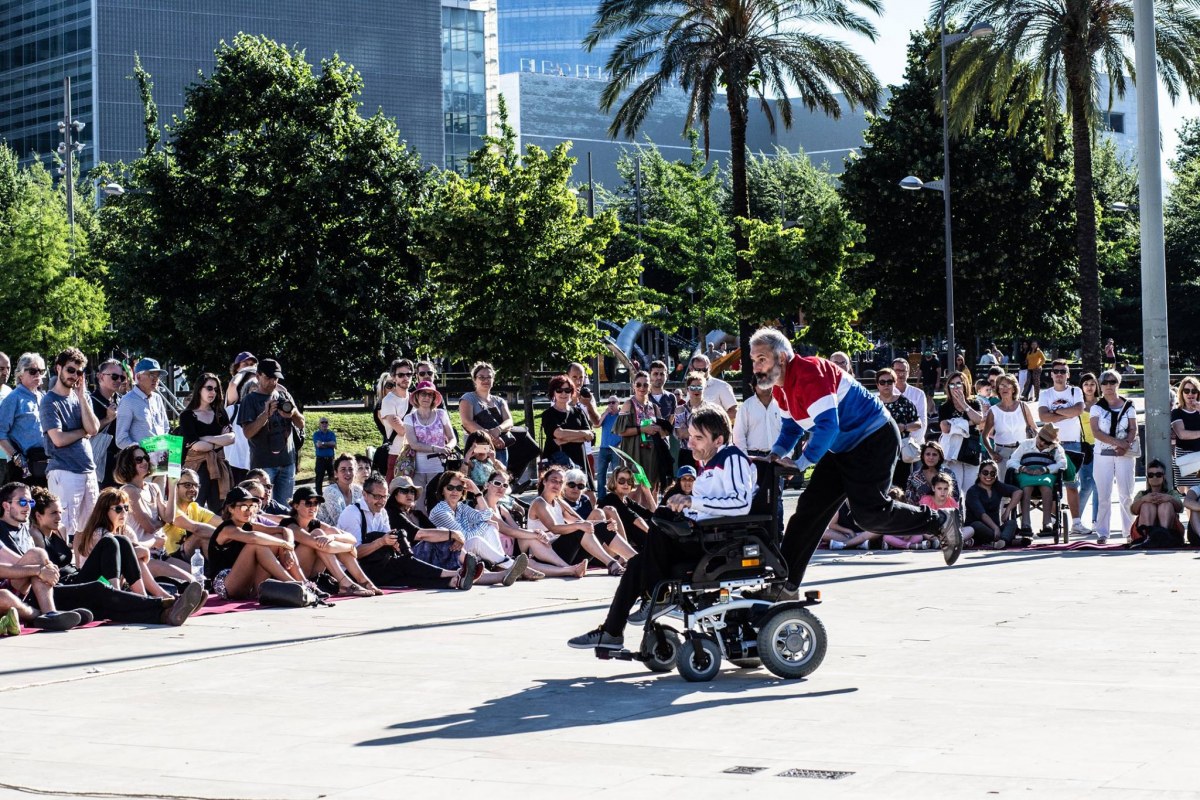
This project aimed to give more visibility to artists with disabilities, both on and behind the stage. What was important for you in this project as the artistic director? Is your artistic approach predominant, or do you build around the message you want to convey? Do you believe it is the responsibility of artists to raise awareness on these issues?
Our primary goal as a collective of artists was to create an entertaining dance theatre piece, spreading our story far and wide. Our second aim as a collective was to create a dance theatre piece that is easily accessible and enjoyable to all. Audience feedback during our tour made us realise the impact of our work on the representation of disabled individuals, particularly as I, a disabled woman and emerging artist, led the project. As an artistic director, this piece embodies my vision of inclusive practice. Disabled and non-disabled dancers are equal participants in the movement creation, fully committed and thriving in the creative process and on stage. The representation of bodies holds significance in our work. Dancing in a power-chair is celebrated for its joy and power, creating exciting movement dynamics. Instead of focusing on technicality and physicality, I found artistic meaning in simplicity, absurdity, uniqueness, complicity, and the nuanced details that distinguish and embody virtuosity. In my collaborations and subsequent dance productions, I find inspiration from music, movies, and, most importantly, the people I work with. I relish in storytelling and challenging dominant narratives. Key elements of my creative process include highlighting the complexities of individuals, both ordinary and unique, making the invisible visible to captivate audiences, and reinforcing my aesthetic as a disabled artist. I embrace this identity as rich and positive, transcending societal norms and expectations of “overcoming” and “out-performing”. For me, virtuosity resides in the interplay between intimacy and the ordinary, messiness and subtlety, power and vulnerability.
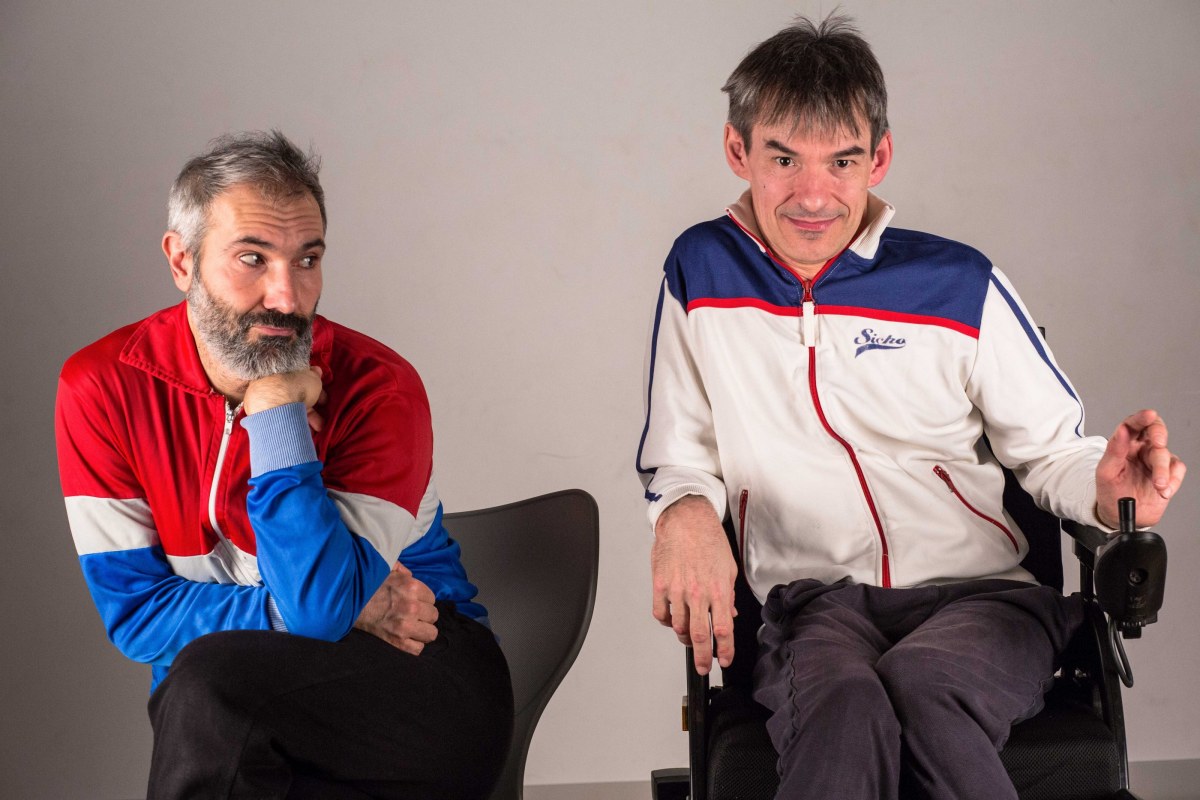
Would you say inclusivity and the connection to a diverse audience is a topic addressed by many artists around you at the moment? If so, why?
I can't speak for other marginalised communities, but in my experience, the inclusion of disabled artists and audiences is often overlooked by artists and institutions in our field. It seems to stem from the overall lack of accessibility in our society, which excludes members of our community from public schools, cultural events, public areas, and more. If people don't have the opportunity to meet and interact, how can true diversity and inclusion occur? The report “Time To Act: Two Years On” 1 commissioned by the British Council (in the context of Europe Beyond Access and authored by On the Move, Ed.) reveals low familiarity with works by disabled artists among professionals. However, progress in accessibility is evident yet slow and complex. Awareness is growing in countries prioritising equality, diversity, and inclusion. Regional differences persist, with Northern and Western countries leading. Dedicated policies and budgets have made a difference, but knowledge dissemination remains a priority. In my opinion, to promote sustainable inclusivity, it is crucial to prioritise and adequately fund accessibility. Outdoor performances can effectively engage audiences and provide access to culture. Financial support for disabled artists should consider their unique needs, taking into consideration the inclusion of access workers in produc- tion costs. Institutions should prioritise diverse voices, compensate for knowledge, and give priority to lived experiences in discussions about inclusion. Let's work together towards a caring and inclusive world!
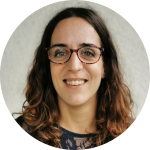
Maylis Arrabit is a disabled dance artist from the French Basque country. She's worked as a dancer since 2017, as well as artistic director of Habrá Que Ponerse Cachas, touring globally since 2018 and selected in 2021 within the frame of the Perform Europe funding scheme to tour as the project Step by Step-Wheel by wheel. She has co-choreographed Ice Age with Resident Island Dance Theatre (Taiwan). It premiered in 2022 and has toured in Europe, Taiwan, and the USA. In 2022, Maylis founded In(-)Between, offering workshops and talks in Europe, aiming to foster her choreographic career. She strives to promote inclusive dance and disabled artists' leadership in the performing arts.



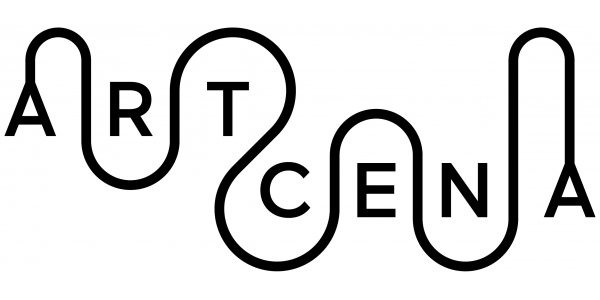

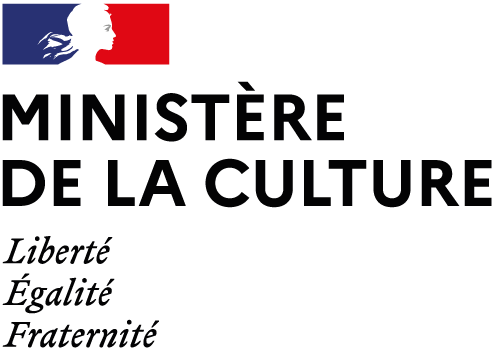
write us: infocircostrada@artcena.fr